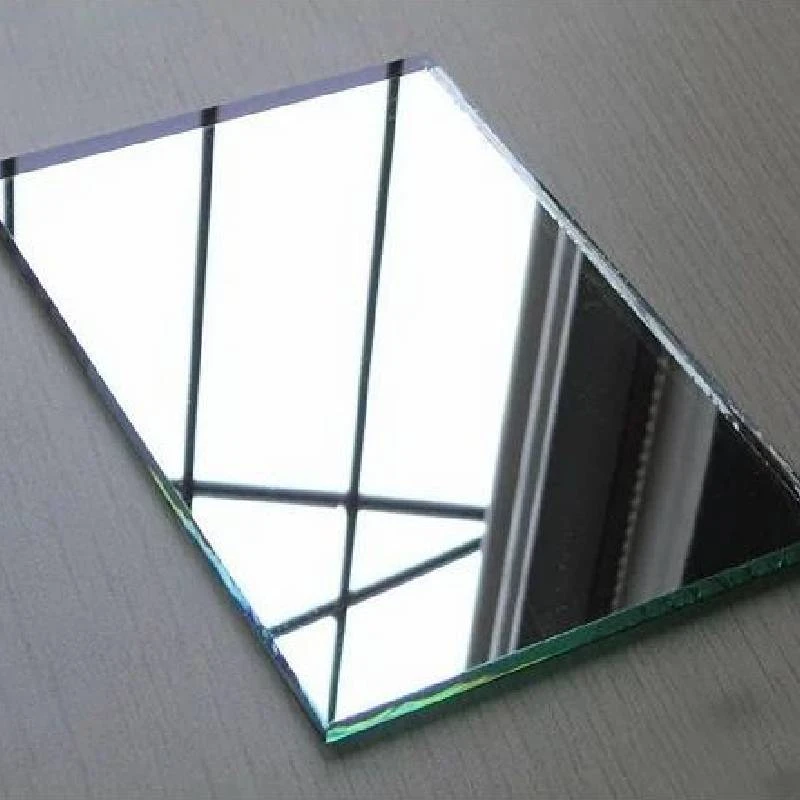

Reflective float glass is a remarkable material that has become increasingly central to modern architecture, design, and technology. This specialty glass, which is produced through a unique floating process, exhibits a reflective coating that allows for various aesthetic and functional applications. Its properties contribute to energy efficiency, privacy, and enhanced visual appeal, making it a preferred choice for many construction projects.
The manufacturing process of float glass involves melting raw materials such as silica sand, soda ash, and limestone at high temperatures. The molten glass is then floated on a bed of molten tin, creating a smooth and uniform surface. Once cooled, the glass can be coated with a reflective material, typically made from metal oxides. This reflective coating enhances the glass's ability to manage light, reducing solar heat gain and glare, which is particularly advantageous in regions with intense sunlight.
One of the most significant benefits of reflective float glass is its energy efficiency. By reflecting a considerable amount of solar radiation, it reduces the need for artificial cooling systems in commercial and residential buildings. This not only lowers energy costs for building owners but also contributes to environmental sustainability by decreasing greenhouse gas emissions associated with electricity generation. Consequently, reflective float glass is increasingly used in eco-friendly designs and green building certifications.
In addition to energy savings, reflective float glass provides an essential layer of privacy for occupants. The reflective surface acts like a mirror when viewed from the outside during the day, preventing outside observers from seeing in. This feature is particularly beneficial for buildings located in densely populated urban areas where privacy is a concern.

Aesthetically, reflective float glass adds a contemporary touch to architectural projects. Its sleek, modern appearance can enhance the overall visual impact of a building. Developers and architects appreciate its versatility, as it can be combined with various materials and colors to achieve stunning designs. From skyscrapers to residential homes, reflective float glass can create a sense of sophistication and elegance.
Moreover, reflective float glass has applications beyond architecture. In the automotive industry, for example, it is used in windows and mirrors to enhance safety and improve fuel efficiency. The reflective properties help in reducing heat buildup within vehicles, leading to a more comfortable environment for passengers and reducing the reliance on air conditioning.
In conclusion, reflective float glass is an innovative material with a wide range of applications in architecture, design, and beyond. Its energy efficiency, privacy features, and aesthetic appeal make it a popular choice among architects and builders. As sustainability becomes increasingly important in construction practices, the role of reflective float glass is likely to grow, positioning it as a key component in the future of building design. With its unique properties, reflective float glass not only enhances the functionality of buildings but also contributes to a more sustainable and visually appealing built environment.